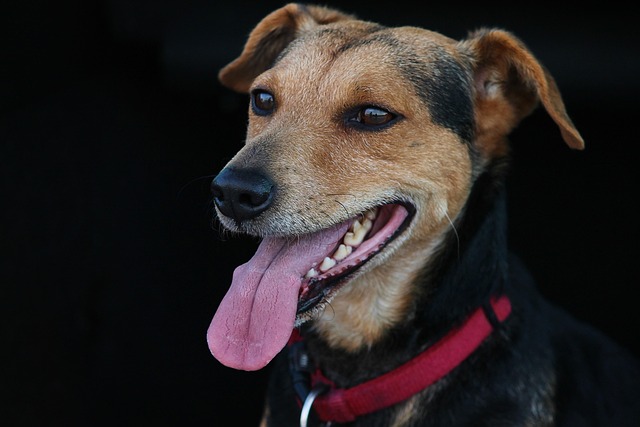
How do i train my dog to be obedient?
Watching your dog dart across the park ignoring your calls isn’t just frustrating—it can put them at risk near busy streets or public spaces.
You’re in the kitchen grabbing a snack, and your new dog is bouncing at your feet—you wish they’d just pause for a second. That’s when most people first ask: how long does it take to teach a dog to sit? It’s not about rushing to a “perfect” trick; it’s about small, steady steps that work for both you and your pup.
New pup parents often wonder how long to teach a dog to sit, and the answer usually depends on consistency more than anything else. Most dogs pick up the skill in 1 to 2 weeks with short, daily training sessions—think 5 to 10 minutes, right after mealtime when they’re focused but not full. Grab tiny, smelly treats like cut-up cheese or freeze-dried liver; these work better than generic kibble because they keep your dog’s attention.
Start by holding a treat close to your dog’s nose, then slowly lift it over their head. As their chin goes up, their bottom will naturally drop—say “sit” the second their paws hit the floor, then give the treat and praise. If they jump up instead, don’t scold them; just step back and try again. This uses positive reinforcement, a method recommended by most animal behaviorists because it builds trust over time.
 Keep in mind, breed and age play a role too. Puppies under 6 months might get distracted faster, so you’ll need more patience, while adult dogs with basic training experience could learn in a few days. In places like the UK, some dog training classes require mastery of “sit” before moving to advanced skills, which ties into local guidelines for responsible pet ownership—important if you plan to take your dog to public parks or cafes.
Keep in mind, breed and age play a role too. Puppies under 6 months might get distracted faster, so you’ll need more patience, while adult dogs with basic training experience could learn in a few days. In places like the UK, some dog training classes require mastery of “sit” before moving to advanced skills, which ties into local guidelines for responsible pet ownership—important if you plan to take your dog to public parks or cafes.
Always check local rules: in parts of Canada, for example, dogs in off-leash areas must respond to “sit” and other commands to stay compliant. If your dog struggles after a couple of weeks, it’s not a sign of stubbornness—they might need shorter sessions or a different treat. Avoid punishment like pushing their bottom down; this can make them afraid of training, which slows progress even more.
By the end, you’ll find that teaching “sit” isn’t just about a trick—it’s about building communication with your dog. Stick to a routine, use positive rewards, and stay patient, and you’ll both feel proud when they respond on the first try. And remember, following local training guidelines keeps your dog safe and respectful in shared spaces, which is part of being a responsible pet owner.

Watching your dog dart across the park ignoring your calls isn’t just frustrating—it can put them at risk near busy streets or public spaces.

New puppy owners often find themselves rushing to clean up accidents before they set in, and that’s where puppy pad training becomes a game-changer.

If you've noticed your dog's waistline disappearing and your veterinarian has mentioned those few extra pounds, your first instinct might be to simply reduce the amount of food in their bowl.

Training a dog to use a designated spot indoors isn’t as daunting as many new owners fear, but it does take consistency and an understanding of your pet’s needs.

That moment of dread on a walk is all too familiar for many new dog owners. You see another dog approaching down the sidewalk of your neighborhood

If the sight of another dog on your neighborhood walk makes your heart sink as your own dog erupts into a frenzy of barking and lunging, you're not alone.